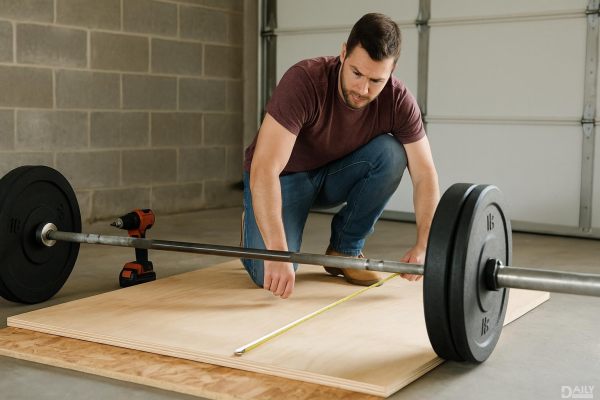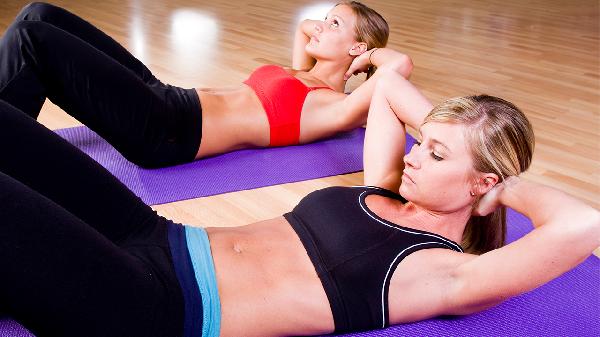Planks are the unsung heroes of the fitness world—simple, effective, and brutally honest about your core strength. Whether you're a newbie or a seasoned gym rat, planks don’t discriminate. They’ll humble you, challenge you, and reward you in ways that flashier exercises just can’t. But here’s the kicker: most people think they’re doing planks right… until they realize they’ve been cheating their form the whole time. So let’s break it down—why planks rule, how to do them properly, and how to level them up (or down) based on your fitness level.
Why Planks Deserve a Spot in Your Routine
Planks aren’t just about holding a static position until your abs scream for mercy. They’re a full-body engagement party. Research shows that a proper plank lights up your rectus abdominis (hello, six-pack), obliques (side-core warriors), transverse abdominis (your body’s natural corset), and even the muscles along your spine. But wait—there’s more. Your quads, glutes, shoulders, chest, and upper back also chip in to keep you stable. Translation: planks are a stealthy way to build functional strength that translates to better posture, fewer backaches, and more endurance for everything from running to sitting at your desk without slouching.
The Art of Not Screwing Up Your Plank
Here’s where things get tricky. A plank looks easy until you realize your hips are sagging like a deflated balloon or your shoulders are creeping up to your ears. Common mistakes? Let’s name and shame:
Step-by-Step to Plank Perfection
Forget fancy variations—master the high plank first. Here’s how:
1、Start on all fours, hands under shoulders, knees under hips. 2、Step one leg back, then the other, feet hip-width apart. 3、Your body should form a straight line from head to heels—no butt hikes or belly dips. 4、Engage your core like you’re bracing for a punch, tuck your tailbone slightly, and breathe. Hold. Shake. Repeat. If you’re trembling, you’re doing it right.Plank Pitfalls and How to Dodge Them
Wrists aching? Switch to forearm planks. New to the game? Drop to your knees (more on modifications later). Pain isn’t normal—sharp twinges mean stop, reassess, or consult a pro. Remember: A bad plank is worse than no plank. Sacrificing form for time is like microwaving a steak—pointless and sad.
Plank Variations for Every Level
Once the basic plank feels like a warm-up, it’s time to spice things up:
Planks are the ultimate test of patience and strength—no equipment, no excuses. Whether you’re holding for 20 seconds or 2 minutes, the key is consistency. Nail your form, listen to your body, and watch your core (and overall fitness) transform. Now drop and give me 30 seconds.
























